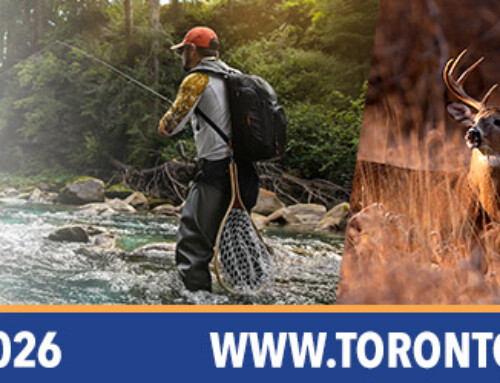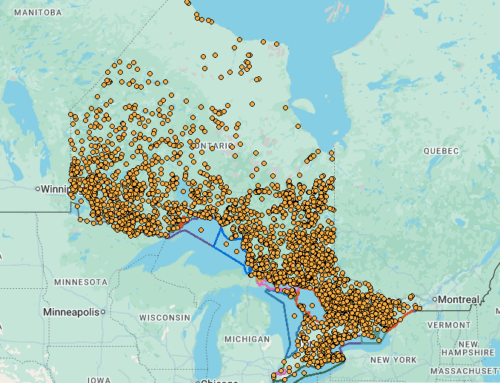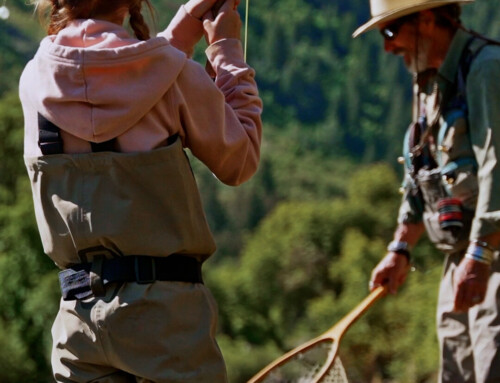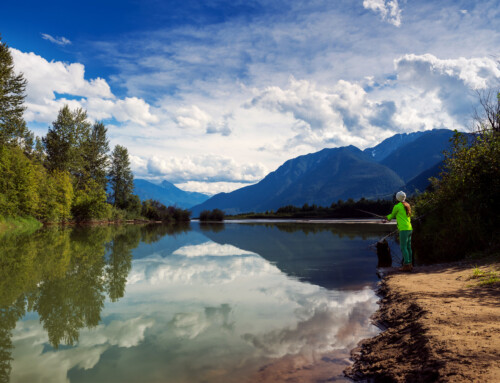By Sarah McMichael
Are you heading out on the ice for the first time this winter? Fishing guru Gord Pyzer has some great tips for how you can get started ice fishing as a new ice angler.
- Find a friend.
“The one thing is if you have never ice fished before I would encourage you to find someone who does ice fish, and for the first time or two go with them. It’s almost like having a guide in the open water season. They will open up and they will show you things and they will help you along. That’s the thing that’s truly unique about ice fishing, it’s very, very social.”
- Study up.
”If you can’t find someone I would encourage you to certainly read. Read things like Outdoor Canada magazine, find and read some good ice fishing articles so at least you become a little bit grounded in it.”
- Pick a hot spot and follow the crowd.
“Pick a lake that’s very, very popular. Lake Simcoe is one in Southern Ontario that comes to mind. And once you get there, believe it or not, look for the crowd. Look where all of the ice huts are and look where everyone’s fishing. And I don’t mean pull in ten feet away from someone, but it’s amazing if you walk out and there’s folks ice fishing and talk to them they will open up and help you.”
- Dress warmly.
“The odd time you’ll hear people say ‘I tried it but I don’t like ice fishing.’ Really what they’re saying often is ‘I get cold.’ I think the clothing we have today is the biggest technological breakthrough that has ever happened. Whether it’s the heat sensitive long underwear, the jackets, the bibs, the really good quality boots with thick liners… If you’re warm you’re having fun. I don’t care if you’re fishing open water or ice fishing, if you’re cold you’re not going to have a good time. So the best investment you can make is quality ice fishing clothing.”
- Call your local Ministry of Natural Resources.
“Obviously a call to the MNR local office will get you good information. The officers are out and they’re on patrol. If you call your local office and ask for the Fish and Wildlife Department and talk to one of the CO’s you’ll get really good advice in terms of safety and ice thickness, and they’ll also tell you where they’re seeing the best fish caught.”
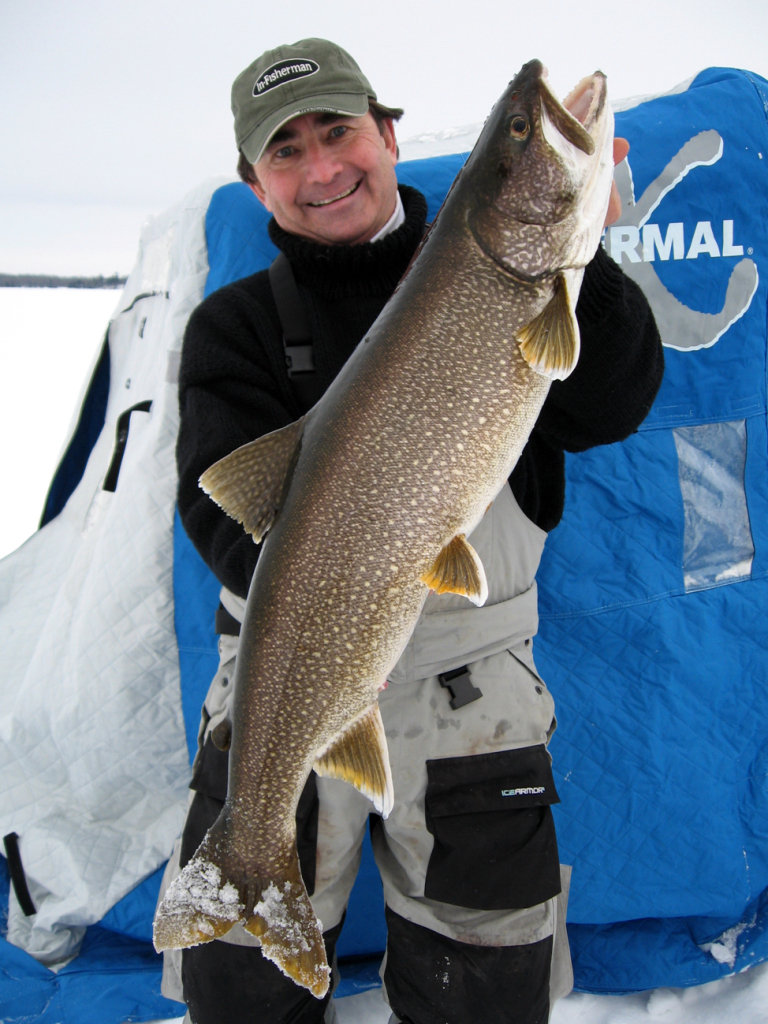
- Check with an operator.
“The other thing is, especially in Southern Ontario, there are lots of ice hut operators. I would give a call to the operator, and when you see that they’re putting their huts out you know the ice is getting pretty safe. Also when they put the huts out they tend to plow ice roads and they tend to put out trees that mark the road system.”
- Stick to the roads.
“I would stick close to the roads, and I would snow machine on the snow machine trails, and I would stick to the well-groomed paths and trails. Build up information and build up data, and then when you feel like you know it pretty well, then you can start to venture off. But for the first little while I’d stick to the well-groomed trails and the well-groomed roads.”
- Use live bait.
“I rarely buy live bait, but for the starting out ice angler nothing beats live minnows in the winter time. So go to the bait shop, get some emerald shiners, and here’s the neat thing if you’re fishing for black crappies, panfish, yellow perch, which are phenomenal in the winter and magnificent eating, you just buy tiny minnows and a little lead-headed jig. So for black crappies and perch you probably want 1/16th up to 1/8th ounce jig and a live minnow and you’ll be catching fish immediately. If you’re going for walleye you just go slightly bigger, so now we’re talking about a 1/4th ounce jig and a slightly bigger minnow.”
- If you’re not having success, move.
“If you’re not catching fish, it’s not because what you’re doing is wrong, it’s because there’s no fish where you drilled the hole. So one thing you can do is move, and I don’t mean necessarily a huge distance. If you don’t catch a fish drill another hole, but drill it ten feet away or twenty feet away or fifty feet away. Usually we’ll start off drilling 20 or 30 holes before we even put the first line down, and it’s amazing many days how 90 per cent of the fish will come out of one hole. And that’s the advantage of drilling more than one hole.”
- Look for points.
“Look for points, points are key. So whether it’s a point on an island or a point on the mainland, a point juts out into the water and it intercepts the fish and it’s something different on shore. You can’t go wrong looking at a map and setting up off one of those points, and now you are on a high percentage fish area. If you’ve got a jig and a minnow you’re away to the races.”
This interview has been edited for length and clarity. All photos courtesy of Gord Pyzer.



